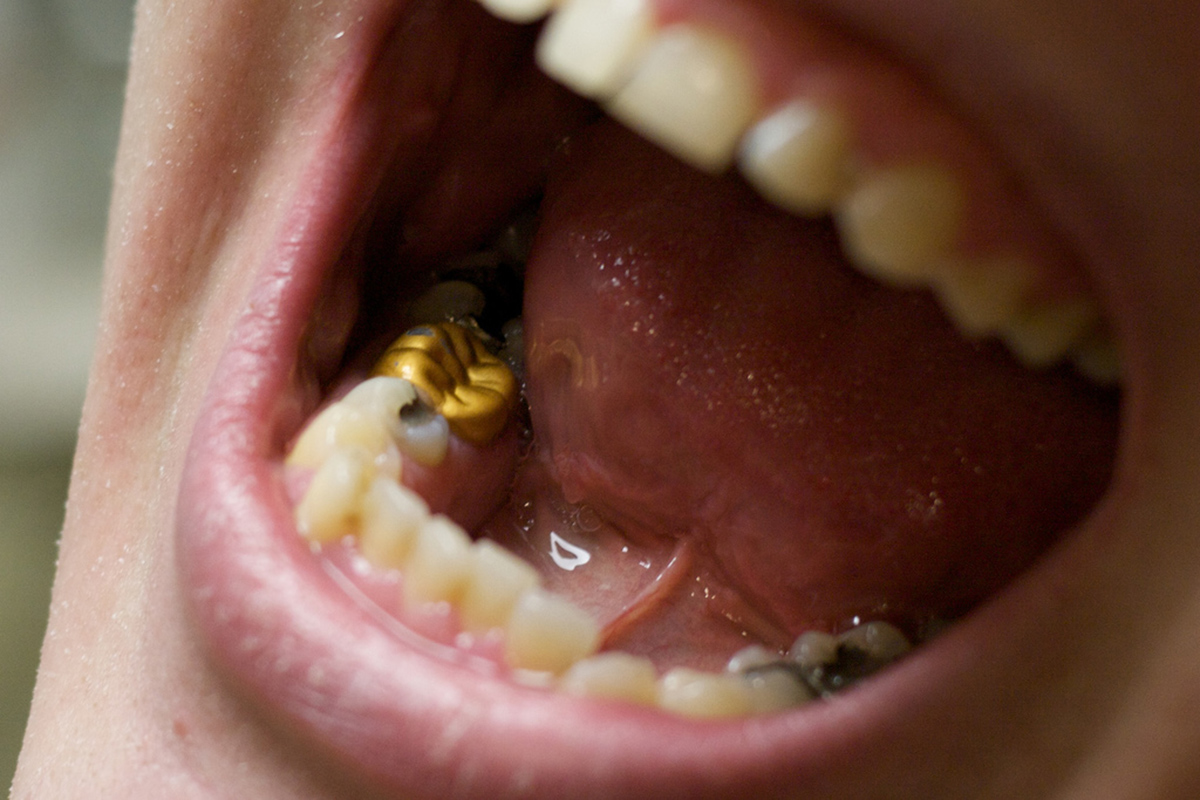Table of Contents
A crown or a cap is the artificial tooth-like structure that is used to cover your tooth after the completion of a root canal or the restoration of a fractured tooth. These crowns may be placed individually or joined to one another on multiple adjoining teeth. If a missing tooth is replaced by taking support from the adjacent teeth then the who restoration is referred to as a ‘bridge’.
When a doctor is talking about crowns and bridges in any situation, there are always multiple options that are offered to the patient. These options usually vary in the kind of materials being used, the fabrication technique, the strength and even the amount of time they are expected to last.

So what are the best crowns for your tooth? Does more expensive always mean better? The answer to these questions actually varies depending on various clinical conditions, but there are three main kinds of crowns that patients need to know about.
Stainless Steel Crowns
These crowns are used mostly for children that need a pulpectomy (similar to an RCT) for their milk teeth. They are also used for restoration in adults where the space available is extremely constrained or where the most affordable option needs to be considered.
These crowns are among the earliest kinds of crowns that were made and still function quite well in certain situations. They are almost never used in teeth that will be visible during smiling or talking because of aesthetical reasons, but strength wise they are not too bad.
This kind of crown is still a good option, and a much used one, in developing countries where people do not have too much disposable income to spend on their teeth.
READ Tooth Brushing Techniques for Better Oral Hygiene
Porcelain Fused To Metal Crowns
This is the most popular kind of crown that is used all across the world. The basic idea here is to layer a stainless steel framework with porcelain so that the "new tooth" can match the color of the surrounding teeth.
There are certain advantages and disadvantages to these crowns. The biggest advantage is that they look much more aesthetic and ‘real’ as compared to the metal crowns. They can be shaded and stained to give a very lifelike effect by trained technicians.
The disadvantage of this kind of crown is that they require a larger amount of space in the mouth. The extra layer of porcelain demands that a large amount of tooth structure be removed to create the necessary space.
Also, because these crowns are actually two layers bonded to one another, there is a chance that a layer of porcelain can chip off during normal use. This leaves the crown looking ‘damaged’ with an ugly metallic spot, although it should be remembered that the crown is still usable if the underlying metal framework is intact.
These crowns can be used for crowns in the front of the mouth where it is necessary for the crowns to be as lifelike as possible, however, they have now been relegated to the back of the mouth because of better options.
- www.colgate.com/en/us/oc/oral-health/cosmetic-dentistry/bridges-and-crowns/article/different-types-of-dental-crowns-0215
- www.webmd.com/oral-health/guide/dental-crowns#1
- Photo courtesy of deapeajay: www.flickr.com/photos/deapeajay/3086674573/
- Photo courtesy of
- Photo courtesy of deapeajay: www.flickr.com/photos/deapeajay/3086674573/


Your thoughts on this